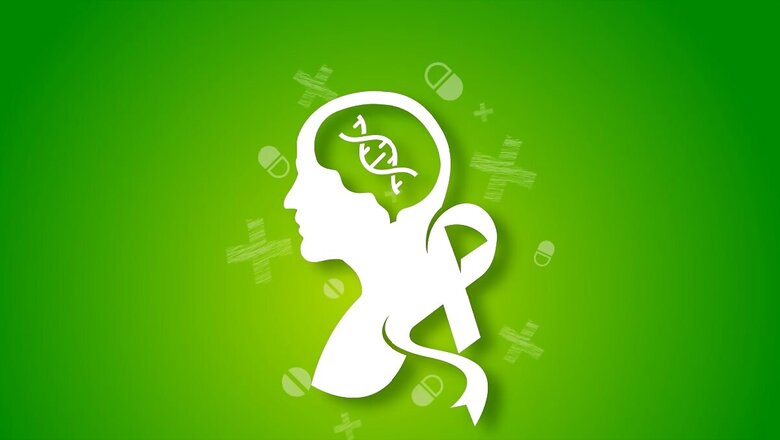
views
In recent decades, the demographics of people with Parkinson’s disease (PD), which was once thought to primarily affect the elderly, have changed. The prevalence of Parkinson’s disease has increased during the last 25 years. Parkinson’s disease (PD) affected 8.5 million individuals globally in 2019. Based on current estimates, the number of deaths from Parkinson’s disease (PD) increased by over 100% since 2000 to 329 000. It also increased the number of disabilities adjusted life years (DALYs) by 81% since 2000 to 5.8 million.
When it comes to Parkinson’s disease (PD), prompt diagnosis and appropriate therapy initiation are critical. Levodopa is still the main medication used to treat dopaminergic dysfunction even though there are now a number of alternative treatments available. Levodopa has continuously demonstrated efficacy since it was originally introduced in the 1960s.
Other therapies include amantadine, COMT inhibitors (entacapone), dopamine agonists (ropinirole and pramipexole), MAO-B inhibitors (rasagiline), and anticholinergics (trihexyphenidyl). These medications can be mixed in ways that are unique to each patient and adjusted based on their clinical circumstances. Non-pharmacological interventions like regular exercise, dietary considerations, and adopting a healthy lifestyle also play important roles.
Levodopa dosage, however, may result in dyskinesia, or excessive involuntary movements in individuals. It can be challenging to treat these symptoms with standard medications. In these cases, we are currently searching for cutting edge therapies like deep brain stimulation (DBS) surgery. DBS effectively reduces Parkinson’s disease symptoms and levodopa-induced dyskinesia, often allowing a dosage reduction of dopaminergic medicines. DBS entails the insertion of electrodes into targeted areas of the brain to modulate their function.
What is DBS?
Deep brain stimulation (DBS) is a medical procedure which involves applying a small amount of electrical current to a particular area of your brain. In this procedure, wires are connected to a tiny device that is implanted under your skin, near your collarbone, allowing the electricity to travel to your brain.
As of 2019, it is estimated that approximately 160,000 people had undergone DBS device implantations since the 1980s. Furthermore, scientists calculate that 12,000 procedures are carried out each year.
Increasing broad public knowledge about Parkinson’s disease (PD) is essential for early diagnosis and effective treatment of the condition. It is imperative to engage multiple societal segments in order to establish adequate support systems for individuals suffering from Parkinson’s disease.
















Comments
0 comment